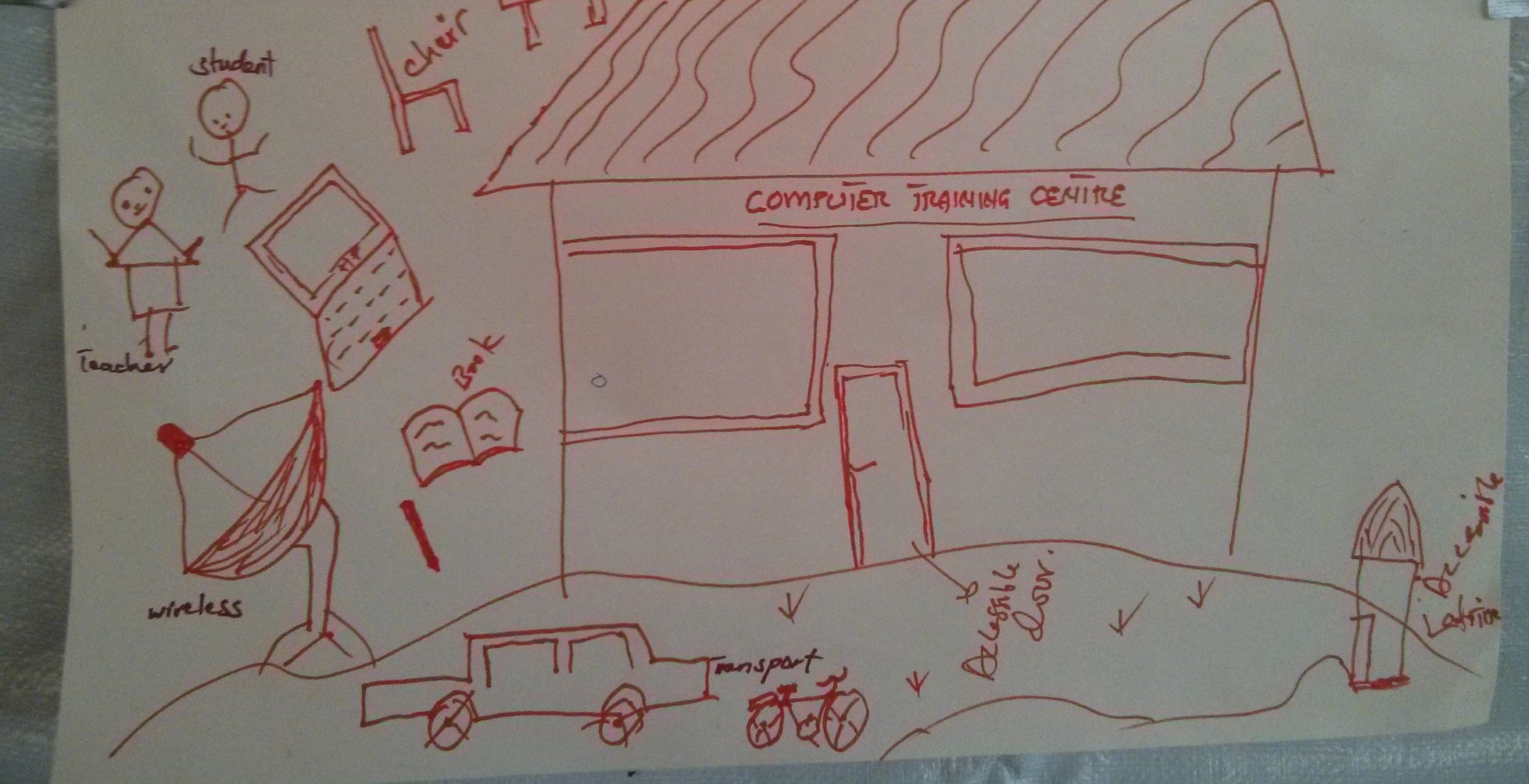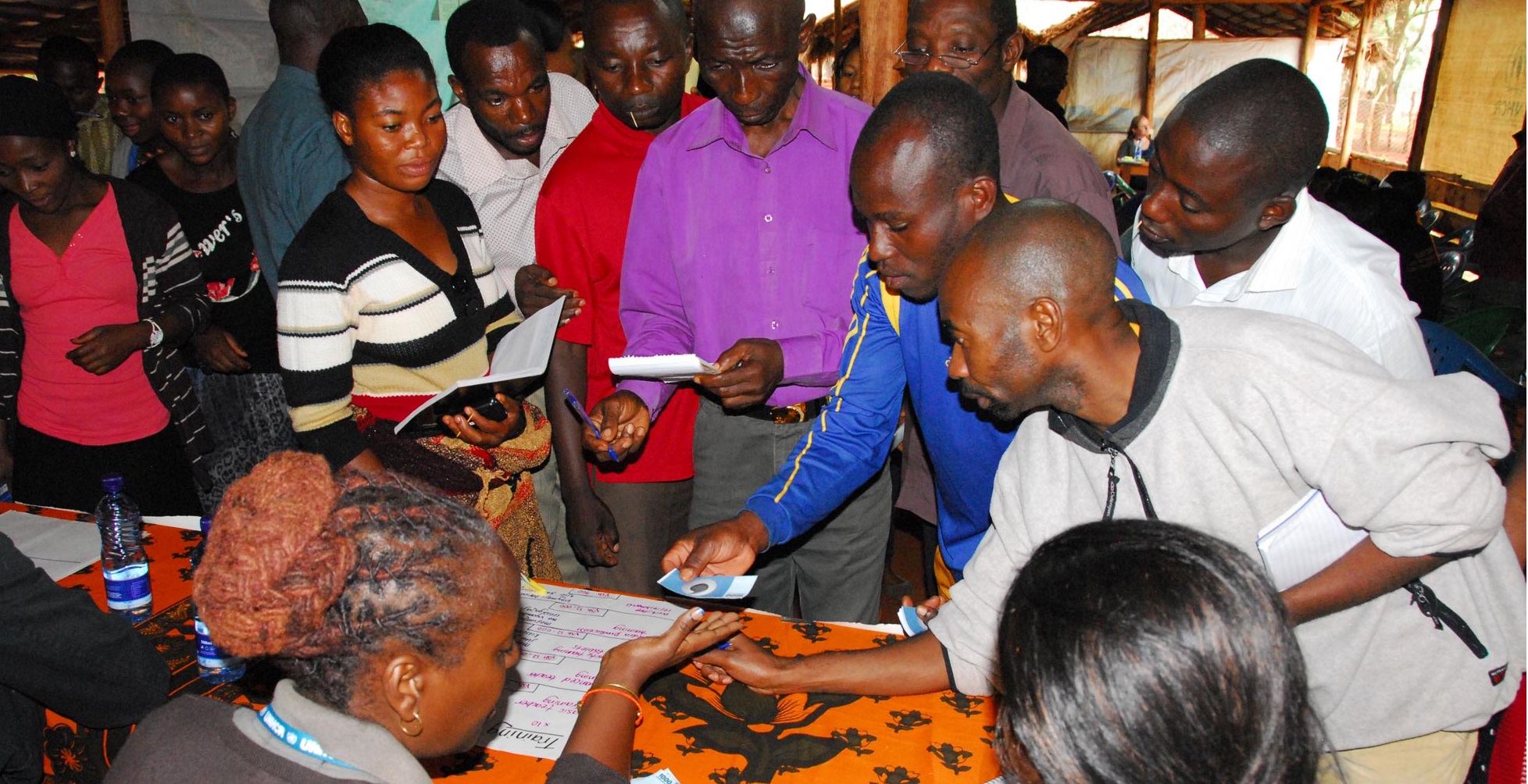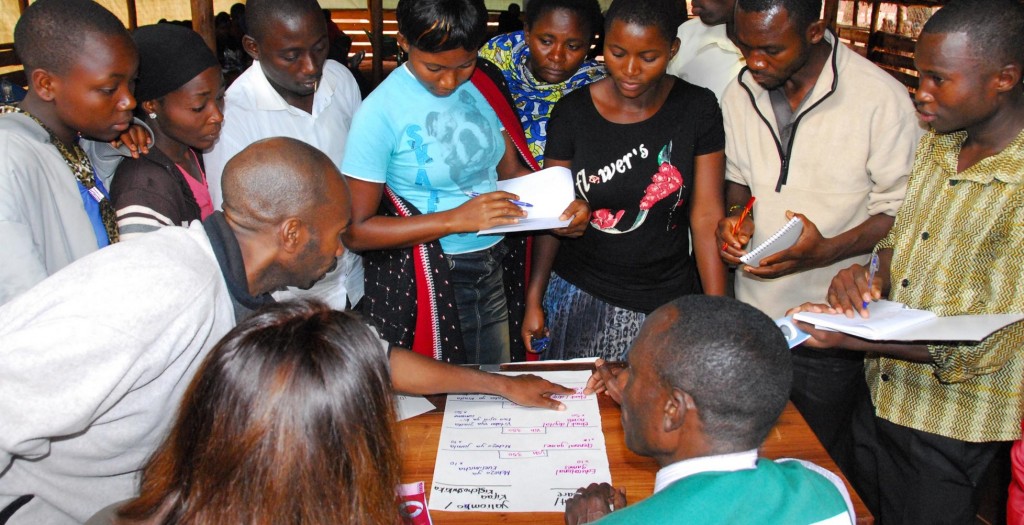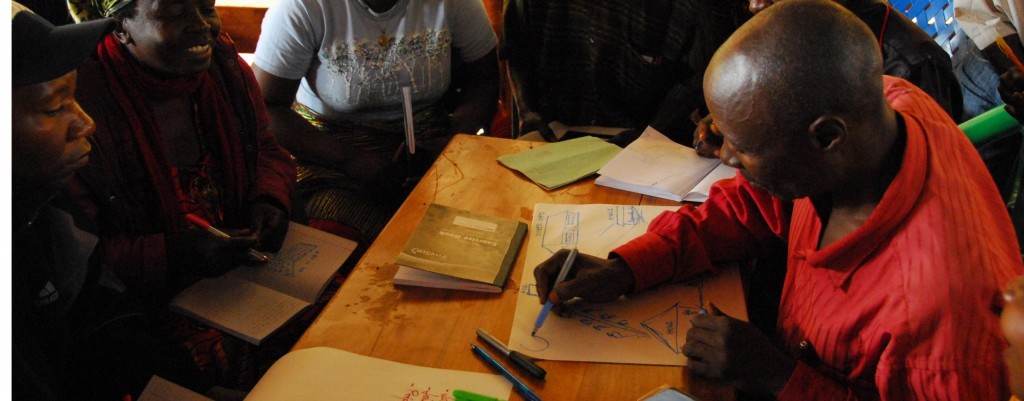Participatory Assessments (commonly know as PAs at UNHCR) are a core feature of the humanitarian approach to inclusive programming. UNHCR’s handbook highlights the importance of placing communities “at the centre of decision-making concerning their protection and well-being.”
While this claim is bold (and dare I say empowering), in reality PAs often fall short. They simply don’t perform their intended function of letting the community drive the decision-making process.
Why is this? There are many reasons. UNHCR identifies several in a review conducted in 2013.
Let’s start with the positives. The report noted that PAs were identified as more than just a bureaucratic requirement, but a vital tool to identify community needs to translate into planning priorities. I figure this is a good start, especially for a UN agency.
Staff were also said to show real commitment and enthusiasm for engaging with communities. From my time in the field, this was abundantly evident and was often the main motivation for people to join the humanitarian sector.
With all that said, there are still some big pieces of the puzzle missing. How information is utilized and prioritized is an important one. But, even before entering that discussion, I want to pose a larger question:
Should participatory assessments be restricted to dialogue?
On a few occasions PAs involved site observation. This is where staff visit a facility to assess and observe the interactions and services being provided firsthand. However, the vast majority of UNHCR’s efforts were concentrated on focus group discussions and semi-structured interviews.
While dialogue has an important place when it comes to program planning, I can’t help but feel that we need a more diverse toolset for engaging with communities.
A core principle of human-centered design (HCD) processes is “Bias Towards Action”, which promotes action-oriented behavior rather than discussion based work. In practical terms, this means that instead of having a community describe their feelings towards an intervention, you can watch and experience their reactions firsthand.
In my view, this often provokes many more truthful insights then discussions afford.
The Learn Lab put this to the test in the Nyarugusu refugee camp in western Tanzania. Together with UNHCR’s Kasulu Office and Becky Telford (Vodafone Foundation’s Education Coordinator), we engaged with the community in an HCD workshop to help vet and adapt the Instant Network School Model, which was originally tested in Dadaab, Kenya.
The Instant Network School is an integrated platform that transforms a classroom into a connected learning hub – complete with a local area network; Internet connectivity; sustainable solar power; a set of educational tech; localized mobile content; and a robust teacher training program.
We wanted to find out whether the model we designed with the community in Dadaab, Kenya would be relevant within the Nyarugusu camp.
We sought as untraditional and interactive a workshop format as possible, and, beyond everyone having a lot of fun, it proved extremely useful for deriving/understanding the communities’ needs and expectations for education in general, and how tech could be used.
Two of the better-received techniques included the use of illustrations and a simulation budget game.
First, let’s talk about the illustrations.
We didn’t want to bias the community with our own perceptions on how we could leverage technology within educational programs, so we started off by asking them to work in teams to illustrate their goals for education as well as their idea of the ideal learning environment.
We nervously waited to see if the community would embrace the idea of drawing, but were quickly relieved when the room erupted with vibrant conversations as participants leaned and crawled over each other to add to the group drawing.
The results were incredibly fruitful.
While the illustrations weren’t masterpieces, they each served as a catalyst for collaboration and storytelling. These illustrations weren’t created by one person with a marker, rather by a group of participants coming together as a team, negotiating what to include and leave out of their drawings.
Photo: One of the group illustrations depicting their ideal learning environment.

As the groups presented their drawings, they described each aspect with eloquent detail. Rather than sharing fragmented personal opinions, each group presented a unified concept that the team had developed. The illustrations also helped to push participants towards greater reflection.
“When we drew the school environment it really helped me to think about which are the different parts that I would like to change.” ~ Bernadette Walumena, a form 6 student who aspires to become a doctor.
At a design level, the drawings helped confirm the community’s interest in technology, as many of their illustrations of the ideal school environment included a computer lab. Throughout the next two days we investigated the motivations for this, along with their views on opportunities and limitations of the current education system.
The illustration activity also brought to light some design features that weren’t included within the original Dadaab model, but seemed significant for Nyarugusu. While we now had an idea of the elements that comprised the community’s ideal learning environment, we needed to better understand how the community would prioritize each of those elements. And so we engaged the participants in a budget simulation game.
This was my favorite activity of the workshop.
For the budget simulation game, we set up simulated stores that sold different items relevant to learning and the Instant Network Schools. Each store sold a different type of item: from hardware and training packages, to educational content and food. We divided participants into their representative groups: students, teachers, parents, and partners) and provided each group with a designated amount of play-money. The groups had twenty minutes to work as a team to use their funds to procure items for their ideal learning environment. We hypothesized that by observing the groups’ purchases, we would have a clearer understanding of which elements of the ideal learning environment were most important to the community.
It was wonderful to see each of the teams collaborate. The students instantly counted the money and allocated even shares to each group member. They then moved from store to store as a team, purchasing items by pooling their resources.
Photo: Refugee groups come together during the budget simulation game.

In contrast, the teachers consulted and planned for the majority of the time. They sent individual representatives to purchase items, but in the last five minutes all team members were suddenly up to join the fun and raced around to purchase the final pieces before the stores “closed”.
One of the things we forgot to account for was purchasers bargaining with storeowners for lower prices, which is common to the local culture. The simulated storeowners however handled this with ease, despite the refined negotiation tactics of the groups!
There were also items that we didn’t include in stores such as teacher transport, but several of the groups elected to reserve some of their allocated funds for these additional items. One group even said that they’d reserved 1/3 of the fund’s re-occurring costs for next year. Honestly, this was music to a programme designers’ ears!
Apart from fostering strong collaboration within groups, at the end of the exercise it was remarkable to see what the different groups had prioritized.
There were some common areas – namely regarding infrastructure and connectivity – but there were also radical differences, which were linked to different perceptions on approaches to learning and the roles of teachers. For example, the teachers prioritized educator resources, preferring a single laptop and projector model; whereas the students opted for individualized tablets to enable independent learning.
All of these insights were incredibly valuable in informing the design of this project.
This exercise also helped to build community trust and highlight funding limits related to the project. This was useful, particularly as it sparked discussions on community assets that we can leverage to reduce costs.
Overall, the use of an interactive HCD approach proved very effective in this context. While this workshop was just the start of the inclusive design process – it helped us draw out important information and set a vital tone for community collaboration moving forward.
Shukuru Yakobo, a youth who has resided in the camp for over 18 years, reflected on the HCD approach:
“The workshop was different, I enjoyed it. I really liked the budgeting exercise where we were given the money and asked to purchase the things needed for the Instant Network School. We don’t always have this chance to be involved with the money.”
While this type of PA might not work in all cases – these techniques should be considered more frequently by humanitarian actors. The use of illustrations and simulations can help to deepen conversations and unearth a greater understanding of community values and needs.
These tools can also help to really put the community at the center of the design and decision-making process, which, after all, is the motivation of PAs.
Photo: The activities allowed refugees to be at the center of the design process.

If you would like to try your hand at these or other HCD approaches, check-out IDEO’s online toolkit, and stay tuned for the latest updates on the development of the Nyarugusu Instant Network Classrooms!
If you’d like to repost this article on your website, please see our reposting policy.

